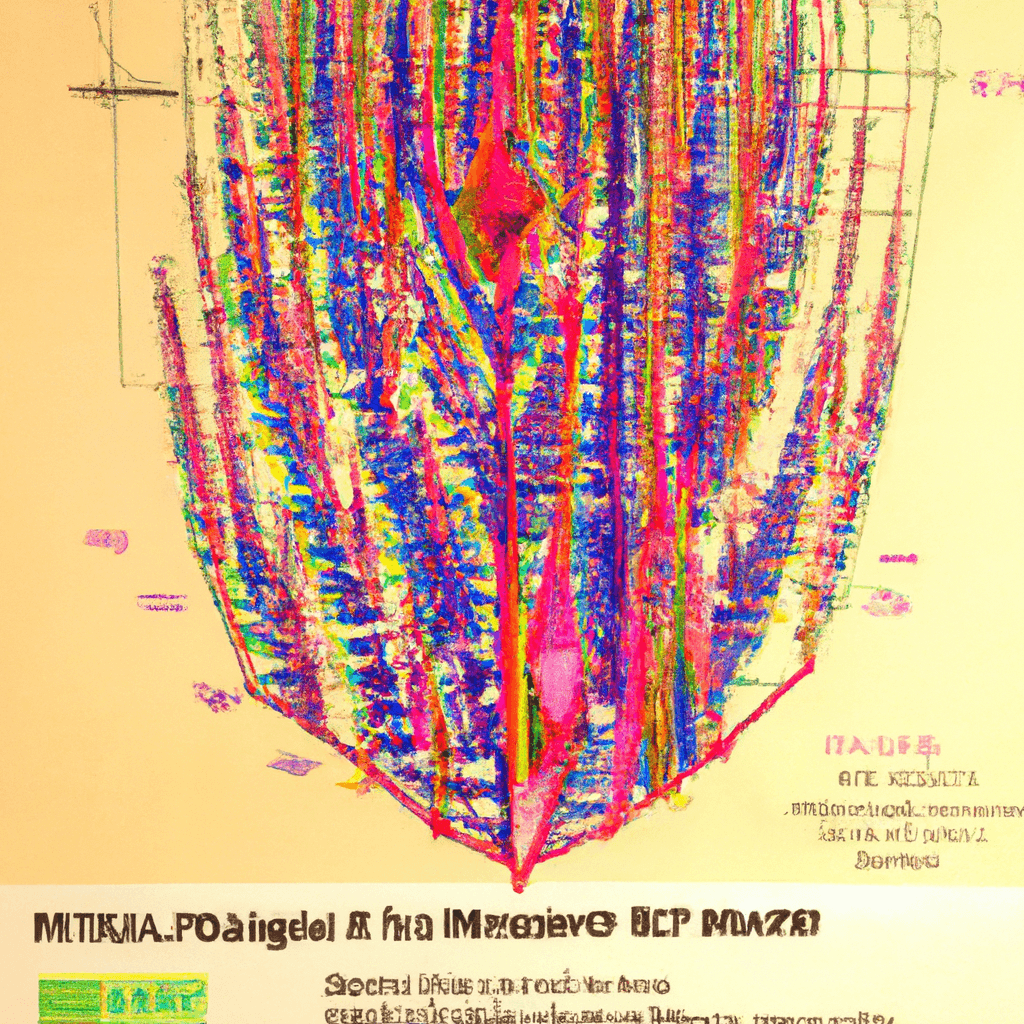
Technical Analysis in Options Trading: A Comprehensive Guide
Welcome, dear reader, to the fascinating world of options trading. Today, we're going to delve into the realm of technical analysis, a crucial tool for any options trader. If you're new to options trading, you might want to check out our Understanding Options Trading: A Beginner Guide before we dive in.
Understanding Technical Analysis
Technical analysis, my friends, is a bit like reading tea leaves, but with a lot more math involved. It's a method of predicting the future price movements of an asset (like an option) based on its past price movements. For example, if you notice that every time the price of a certain stock reaches $100, it tends to drop, you might predict that it will do the same thing the next time it reaches that price. For a deeper understanding of options, you might want to read our article on What Are Options?
Chart Patterns in Options Trading
Now, let's talk about chart patterns. These are specific patterns that prices tend to follow, and they're a key part of technical analysis. Some common chart patterns include the head and shoulders, double tops and bottoms, and triangles. For example, a head and shoulders pattern might indicate that a price is about to drop. For more on this, check out our article on Understanding Chart Patterns for Options
Technical Indicators in Options Trading
Next up, we have technical indicators. These are mathematical calculations based on a security's price and/or volume. The results are used to predict future price changes and can be displayed as a line on a chart. Some common indicators include the Moving Average Convergence Divergence (MACD) and the Relative Strength Index (RSI). For more on this, have a look at our article on Technical Indicators for Options Trading: MACD, RSI, etc.
Applying Technical Analysis in Options Trading
So, how do you apply all this in options trading? Well, you might use technical analysis to decide when to buy or sell an option. For example, if you see a bullish (upward) trend in a stock's price, you might decide to buy a call option on that stock. For more practical tips, check out our article on First Steps in Options Trading
In conclusion, technical analysis is a vital tool in options trading. It can help you predict price movements and make informed trading decisions. So, why not dive in and learn more about options trading and technical analysis?
For further reading, you might want to check out some reputable financial websites like Investopedia, CNBC, or Bloomberg.
Real-world examples can be a great way to understand these concepts. For instance, consider a successful trade made using technical analysis, or how certain chart patterns or indicators can signal trading opportunities.
Remember, the world of options trading is vast and complex, but with the right tools and knowledge, you can navigate it successfully. Happy trading!
References:
- Investopedia: Technical Analysis
- CNBC: Options Trading
- Bloomberg: Technical Indicators